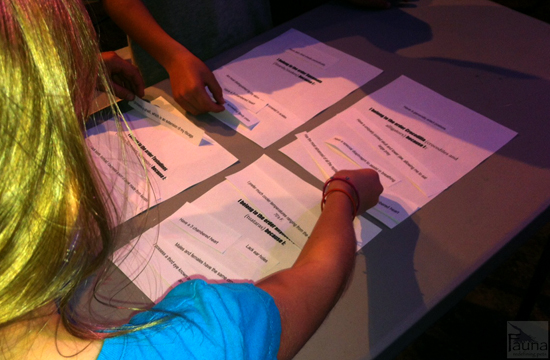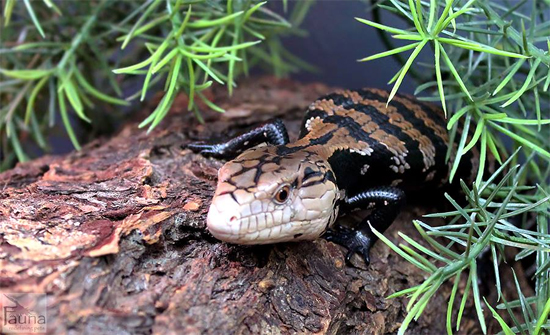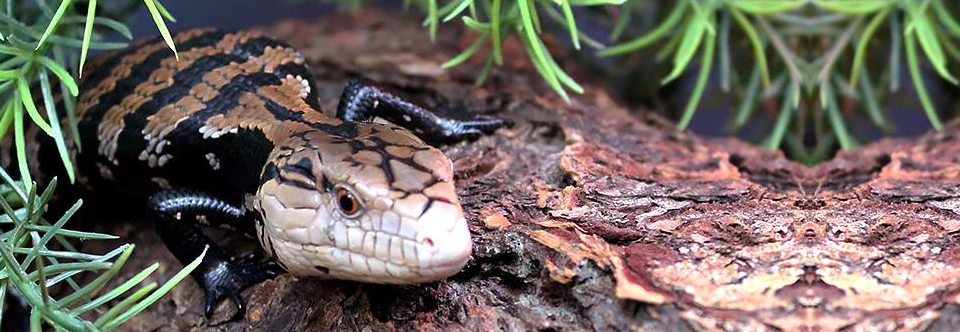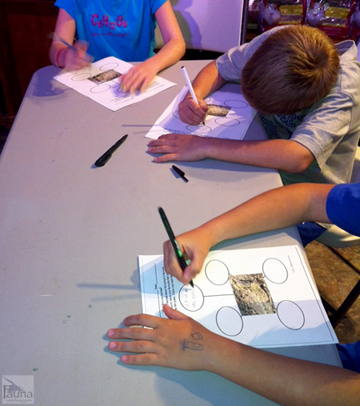Fauna’s Herpetology Club gathered, once again, for its second meeting of the school year.
After reviewing a few things from last month’s lesson on the difference between reptiles and amphibians, we moved on to a brand new topic; the four living orders of reptiles.
We learned that scientists classify reptiles according to the structure of their skulls, comparing special openings known as temporal openings. We are also able to differentiate between the various orders by way of their physical traits.

Our students learned what distinct physical/physiological characteristics belonged to each of the extant orders of reptiles: Squamata (the lizards and snakes), Testudines/Chelonii (turtles, tortoises, and terrapins), Crocodilia (alligators, crocs, caiman, and gharials) and Rhynchocephalia (the tuatara).
Once we got a good handle on the four orders of reptiles, we moved on to the differences between reptiles and snakes, the two members of the Order Squamata. While there are differences between snakes and lizards, both are distinguished from the other orders of reptiles by way of specialized jawbones. The quadrate bones, as they are known, are very mobile allowing the upper jaw to move independently of the skull. This gives squamates the ability to ingest larger prey.
However, the two are fairly distinct. Amongst the many differences, snakes lack the limbs, traditional eyelids, and ear holes that lizards possess.

Blue-tongued skinks make great lizard pets that are gentile and easy going. Because of this, they are also great with children! Their diet consists of a mixture of vegetables and insects with high levels of calcium.
We utilized our resident Desert King Snake and Blue-tongued Skink to observe these differences, as well as learn proper techniques for handling a constricting snake and a large, elongate lizard.
Written by Jose Rodriguez, Fauna’s Eco-Education Coordinator. Jose runs various programming aimed at different age levels.
.
![]()
![]()
![]()
![]()
![]() To learn more about Fauna NYC, visit our website! Sign up for our eNewsletter for new animal arrivals, product discounts, and upcoming events.
To learn more about Fauna NYC, visit our website! Sign up for our eNewsletter for new animal arrivals, product discounts, and upcoming events.



